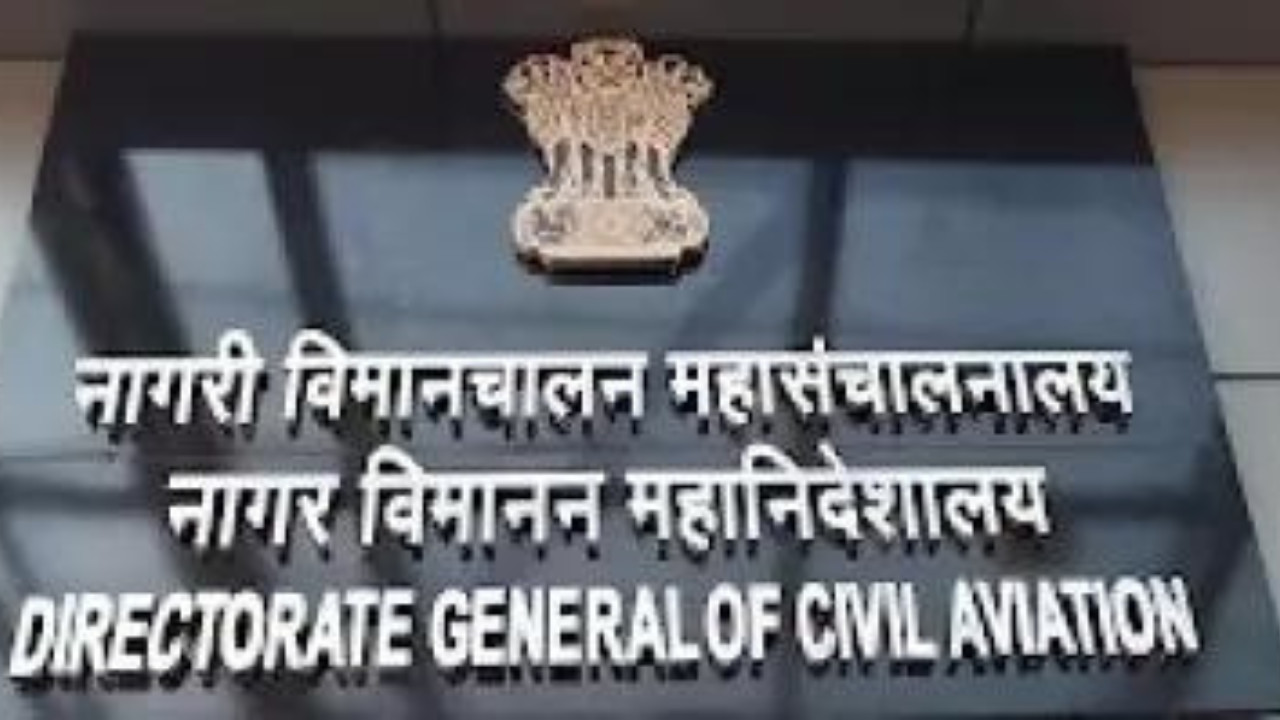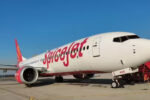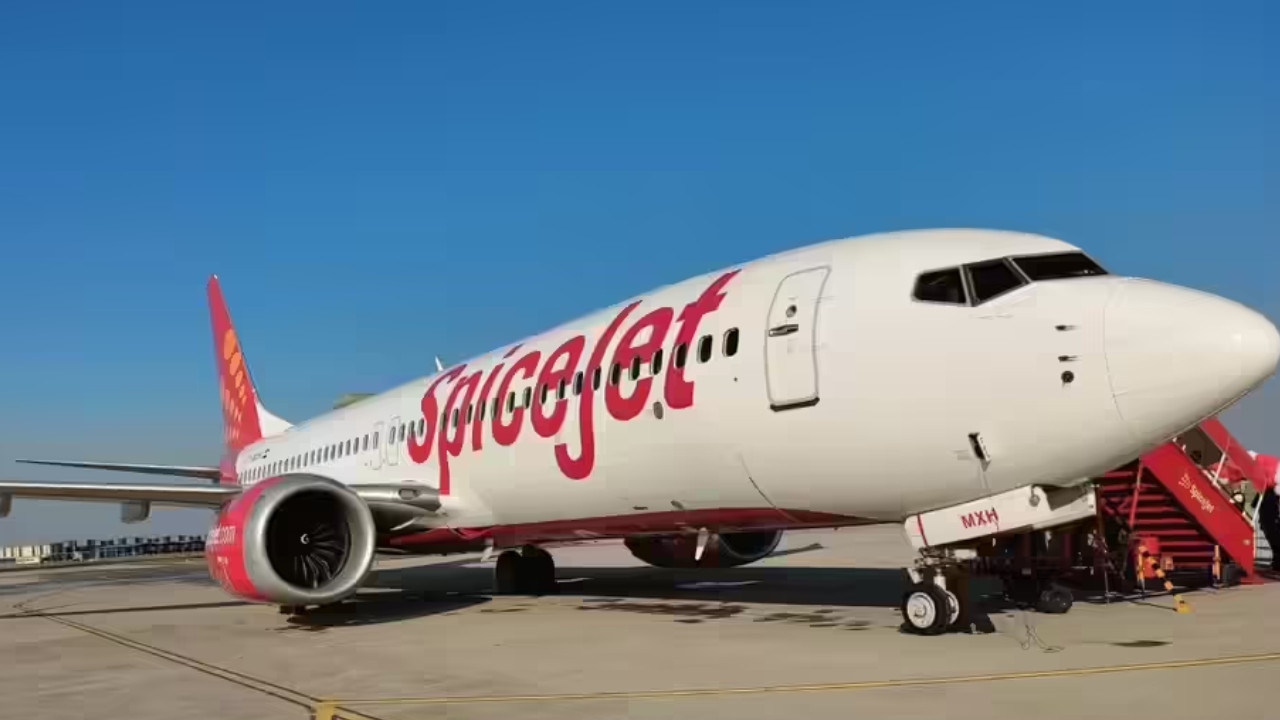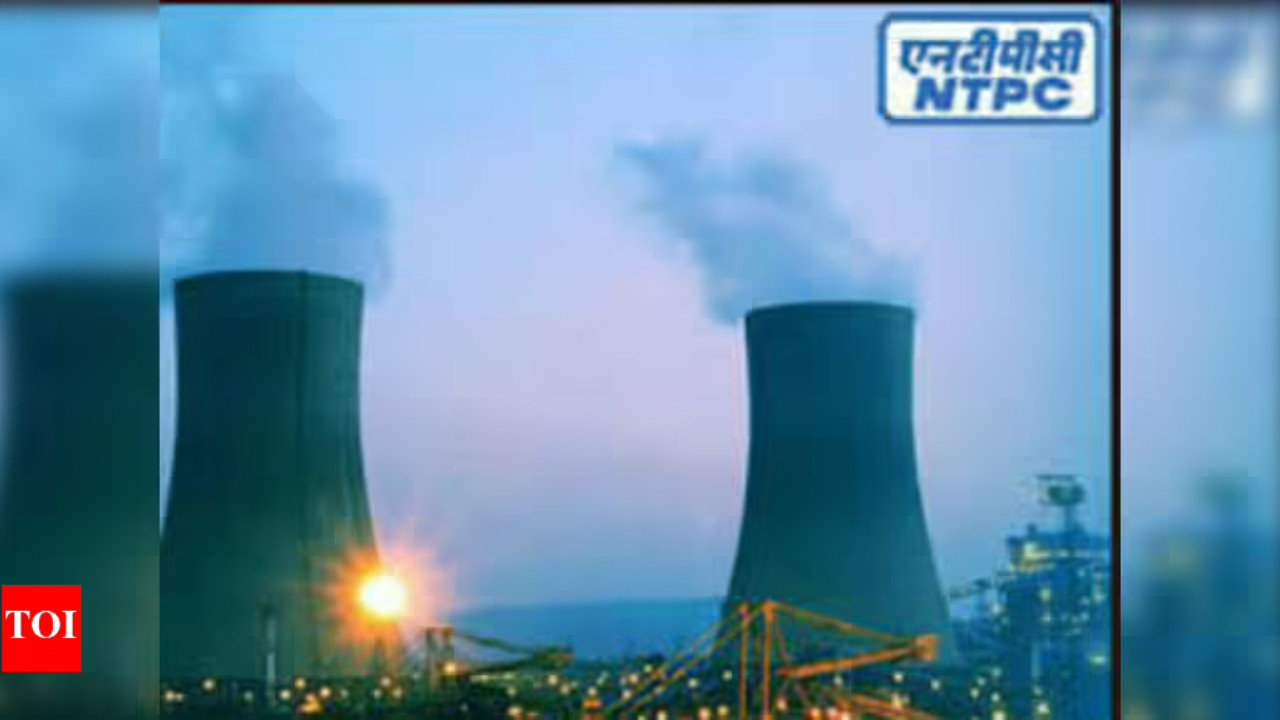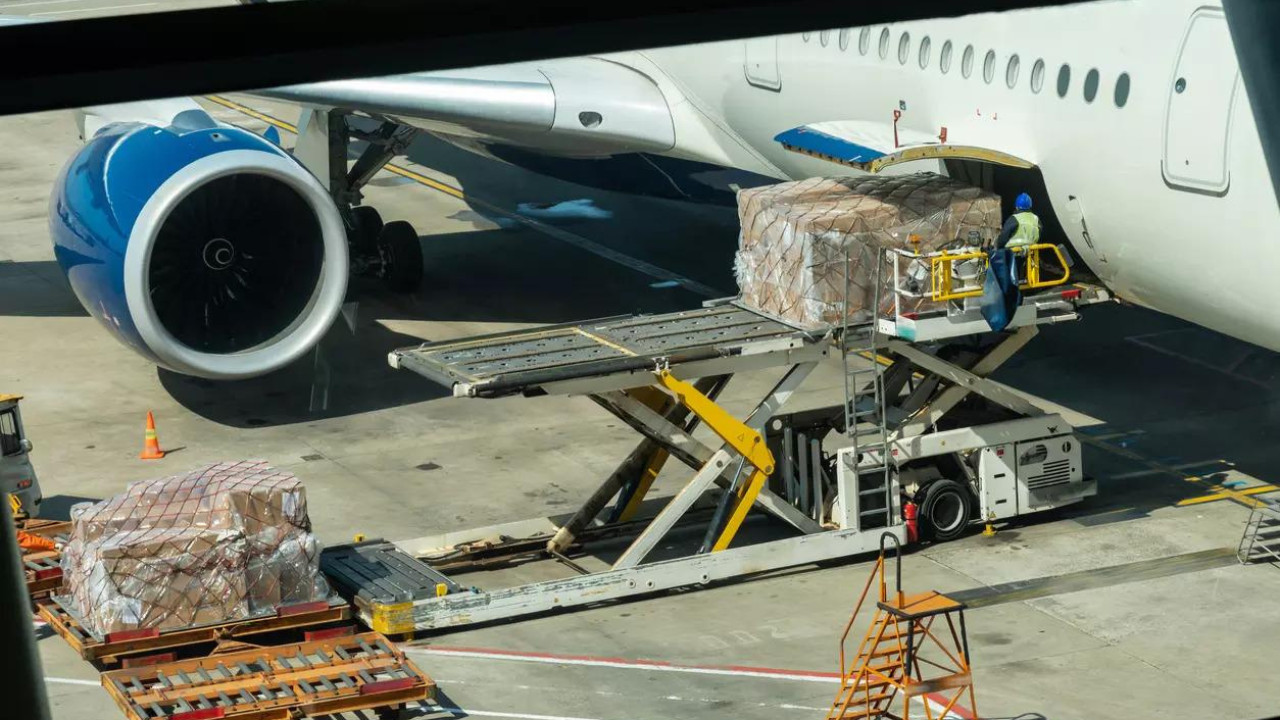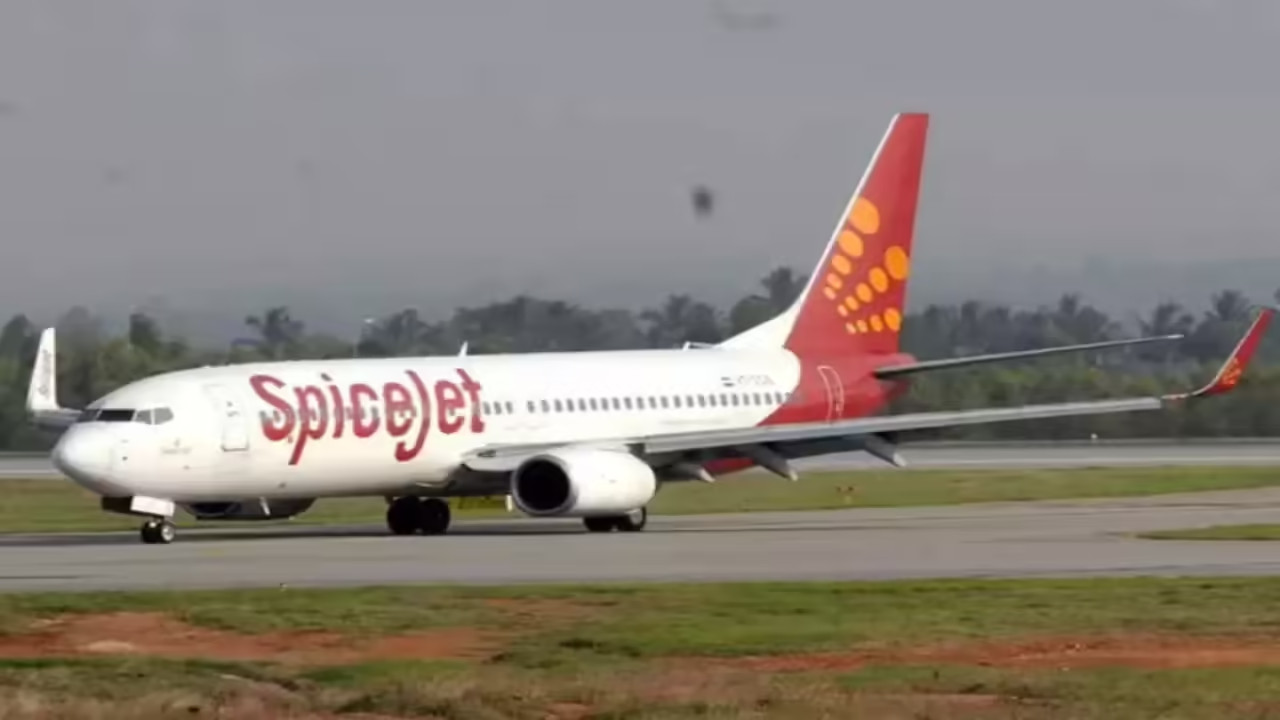Turbulence Ahead? Indian Aviation Grapples with Safety Concerns
The recent near-miss involving an Air India flight, AI-171, where a plane carrying over 200 passengers narrowly avoided a collision with another aircraft shortly after takeoff from Mumbai, has sent ripples of concern throughout the Indian aviation sector. This wasn’t just a blip on the radar; it’s a wake-up call highlighting underlying issues that demand immediate and comprehensive action.
The incident, attributed to an air traffic controller error, has spurred Members of Parliament to actively push for reforms aimed at bolstering aviation safety. Their primary focus? Granting greater autonomy to the Directorate General of Civil Aviation (DGCA), the regulatory body responsible for overseeing all aspects of air travel in India.
Giving Wings to DGCA Autonomy
For years, voices within the aviation industry have argued that the DGCA’s effectiveness is hampered by bureaucratic hurdles and a lack of true independence. The MPs are now echoing these sentiments, advocating for a structure that empowers the DGCA to make decisions swiftly and decisively, free from undue influence. The idea is simple: a more autonomous DGCA can enforce stricter safety regulations, conduct more thorough inspections, and ultimately, hold airlines accountable for maintaining the highest standards. This push for enhanced autonomy also involves providing the DGCA with the resources it needs to effectively carry out its vital functions, including attracting and retaining qualified personnel.
Modernizing Air Traffic Control: A Necessity, Not a Luxury
Beyond regulatory autonomy, the MPs are also emphasizing the urgent need to modernize India’s air traffic control (ATC) infrastructure. Outdated systems and inadequate technology can lead to human error, as potentially demonstrated by the AI-171 incident. Investing in state-of-the-art ATC systems, including advanced radar technology and automated warning systems, is crucial for preventing future near-misses and ensuring the safe and efficient flow of air traffic. This modernization effort should also include comprehensive training programs for air traffic controllers, equipping them with the skills and knowledge necessary to operate these advanced systems effectively. Modernizing our ATC systems is paramount to ensure the safety of air travel and prevent further incidents.

Tired Pilots, Risky Flights: The Importance of Well-Rested Crews
Another critical area of concern is pilot fatigue. The MPs are rightly stressing the importance of ensuring that crew members are adequately rested before taking to the skies. This involves enforcing stricter regulations regarding flight duty time limitations (FDTL) and providing airlines with incentives to prioritize crew rest. Studies have consistently shown that fatigue can significantly impair pilot performance, increasing the risk of errors and accidents. Implementing robust fatigue management systems, including fatigue risk assessment tools and educational programs for pilots and airline management, is essential for mitigating this risk. Furthermore, a culture that encourages pilots to report fatigue without fear of reprisal is crucial for ensuring that tired crew members are grounded before they compromise safety.
Strengthening Aviation Safety: A Multi-Pronged Approach
The concerns raised by the AI-171 near-miss and the subsequent actions by MPs highlight the complex and interconnected nature of aviation safety. There’s no silver bullet solution, instead a multi-pronged approach encompassing regulatory reform, technological upgrades, and a renewed focus on human factors is required. While the Air India incident prompted this immediate reaction, it’s vital that focus on aviation safety remains a constant priority.
The call for DGCA autonomy isn’t about assigning blame; it’s about creating a more robust and effective regulatory framework. Modernizing ATC infrastructure isn’t just about keeping up with global standards; it’s about leveraging technology to minimize the risk of human error. And ensuring well-rested crews isn’t just about complying with regulations; it’s about recognizing the critical role of human performance in safe flight operations.
Ultimately, the goal is to create a culture of safety within the Indian aviation sector, where every stakeholder – from regulators to airlines to individual crew members – is committed to prioritizing safety above all else. By taking proactive steps to address these concerns, India can strengthen its aviation safety record and ensure that air travel remains the safest mode of transportation. It is imperative that the government, airlines, and regulatory bodies work together to implement these reforms swiftly and effectively, ensuring a safer and more secure future for Indian aviation.
